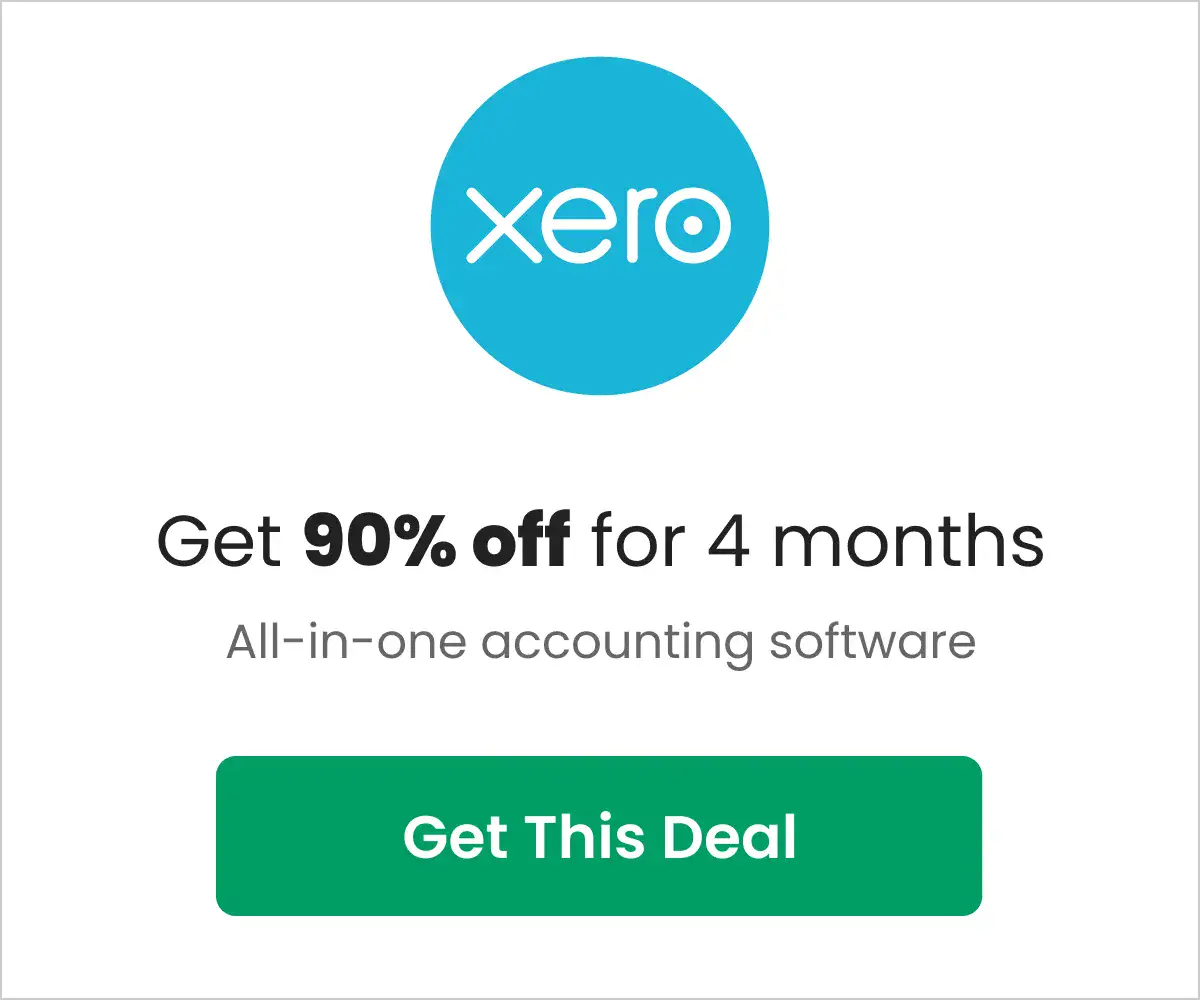As digital entrepreneurship accelerates through 2025, Envato stands out as the preferred marketplace for creative assets, templates, and digital resources, serving content creators, small businesses, and agencies seeking reliable, up-to-date assets and seamless workflows.
From Launch to 2025: Envato’s Timeline
- 2006: Envato launches its first marketplace, providing stock assets for creatives.
- 2014–2016: Expansion into subscription models, introducing Envato Elements for unlimited downloads.
- 2020: Growth in template libraries; deepens integrations with popular CMS and design platforms.
- 2023–2025: Focus on AI-powered search, marketplace curation, and workflow optimization for businesses.

Key Features
- Massive Asset Library: Access 16+ million digital assets including stock photos, templates, themes, music, and video.
- Unlimited Downloads (Elements): Flat-rate subscription unlocks full library—perfect for agencies and heavy users.
- Marketplace Model: One-off purchases for themes, plugins, graphics, and more.
- Licensing & Commercial Use: Simple licenses for commercial projects; clear terms for businesses.
- AI Search & Curation: Smart search helps users discover assets faster, with personalized recommendations.
- Integrations: Plugins for WordPress, Adobe applications, and web builders streamline asset deployment.
- Team Management: Multi-user controls for agencies and design teams in business plans.
- Global Community & Support: Active creator marketplace with robust customer support and forums.
Workflow & User Experience
- Clean dashboard for browsing and managing assets, licenses, and downloads.
- Plug-and-play integrations with CMS and creative tools; minimal learning curve.
- Robust tagging and filters make asset discovery fast even in massive libraries.
- Instant asset delivery—ready to use in personal, business, or client projects.
- Simple onboarding, with in-app guidance for new teams or users switching from other platforms.
Envato Pricing
| Plan | Key Features | Pricing |
|---|---|---|
| Marketplace (Single Purchase) | Individual licenses, perpetual use, one-off items | From $2–$59/item |
| Elements (Personal) | Unlimited downloads, full access, one user | $16.50/mo billed annually |
| Elements (Team) | Multiple users, seat management, enhanced support | From $10.75/user/mo |
| Business | Custom onboarding, compliance, team controls | Custom pricing/quote |
Envato vs Other Marketplaces
| Feature | Envato | Creative Market | Adobe Stock |
|---|---|---|---|
| Asset Volume | 16M+ | 10M+ | 100M+ |
| Subscription Option | Yes (Elements) | No | Yes |
| Licensing Simplicity | Easy, business-friendly | Standard/Extended | Complex* |
| VARIETY (Templates, themes) | Extensive | Good | Limited |
| Integrations | WP, Adobe, more | Minimal | Deep with Adobe apps |
| Business Controls | Yes, with business plans | No | Yes |
| AI Search | Advanced | Limited | Growing |
| Best for Teams? | Yes | No | Yes |
Pro Tip: For maximum ROI, upgrading to Envato Elements team plans grants not just unlimited downloads but enhanced user management and legal coverage—ideal for rapidly scaling design and content teams.
Integrations
- WordPress Themes/Plugins (direct install from marketplace)
- Adobe Creative Cloud (asset drag-n-drop from Elements)
- Shopify asset management
- Webflow template compatibility
- Zapier for basic automation
- API for custom usage (business plans)
Pros & Cons
| Pros | Cons |
|---|---|
|
|
Final Thoughts
If you’re seeking a one-stop solution for digital assets, team-based content production, and frictionless licensing, Envato offers high value, especially for agencies and SMBs facing rapid content or product launch schedules. Its marketplace scale, blended with usability and integration, place it ahead of single-category competitors for 2025 and beyond.
Envato FAQ
Yes, it meets GDPR standards and supports HIPAA via a signed BAA on eligible plans.
Yes, white-label portals support your domain, favicon, and brand visuals.
Ideal for consultants, service firms, and SMBs needing streamlined collaboration.
No—integrates with both. Stripe powers payments; QuickBooks handles accounting.
All plans include chat/email; premium tiers add onboarding and 1:1 setup help.
This post may contain affiliate links and we may earn commissions. Learn more in our disclosure.

